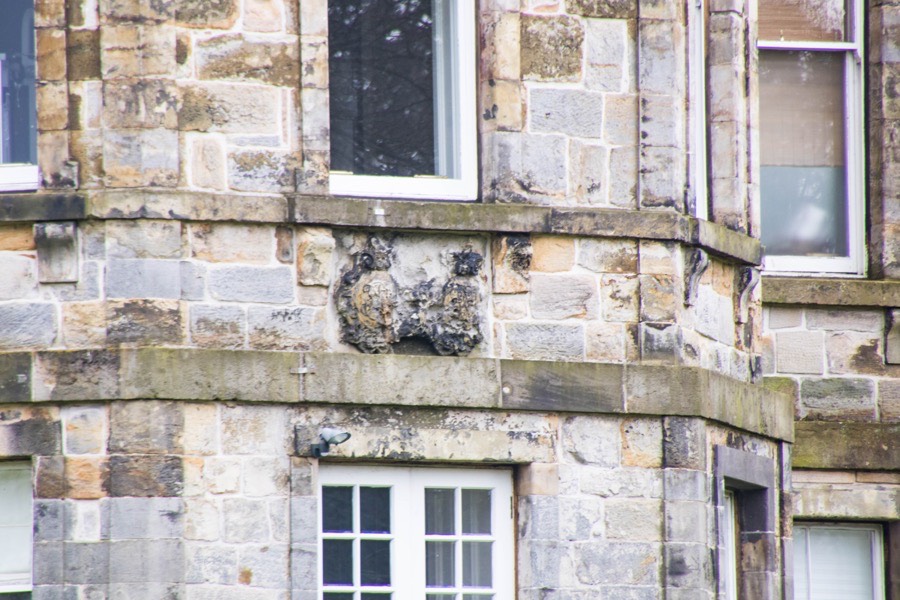

Cumbernauld Castle was a 14th century tower which was extended over the centuries and ultimately replaced by an 18th century mansion.
The lands of Cumbernauld were originally a part of the Comyns’ barony of Kirkintilloch, and they built a motte known now as The Mote. in 1306 Robert the Bruce granted the barony to the Flemings of Biggar, and around 1371 they moved their main seat from Kirkintilloch to Cumbernauld. Soon after they built Cumbernauld Castle around 360m to the south-west to replace the castle on the motte.
The new castle occupied an elevated position on a platform set back from the steep-sided Bog Stank burn to the north and the Red Burn which flows through Vault Glen to the east.

The castle is said to have been destroyed by Cromwell’s troops in 1651 however it seems to have remained in use so may have been rebuilt. In 1731 it was replaced by Cumbernauld House which was designed by William Adam for John Fleming, 6th Earl of Wigtown. Stonework from the old castle was used in the construction of the new house, and a carved armorial panel on the north wall looks older than Adam’s work.

The ruins of Cumbernauld Castle were used as stables but were burned down during the Jacobite Rising of 1745, leaving just a section of the castle wall, remains of ancillary buildings and two vaulted chambers which are incorporated into the courtyard.
In 1955 Cumbernauld was designated a New Town to help alleviate a housing shortage in Glasgow following the Second World War, and the Cumbernauld Development Corporation was formed to oversee the project with their headquarters at Cumbernauld House.
The CDC was disbanded in 1996 and by 2007 Cumbernauld House was vacant. Planning permission was granted in 2010 for its conversion into luxury apartments and work began in 2011.
Alternative names for Cumbernauld Castle
Cumbernauld House; House of Cumbernauld













